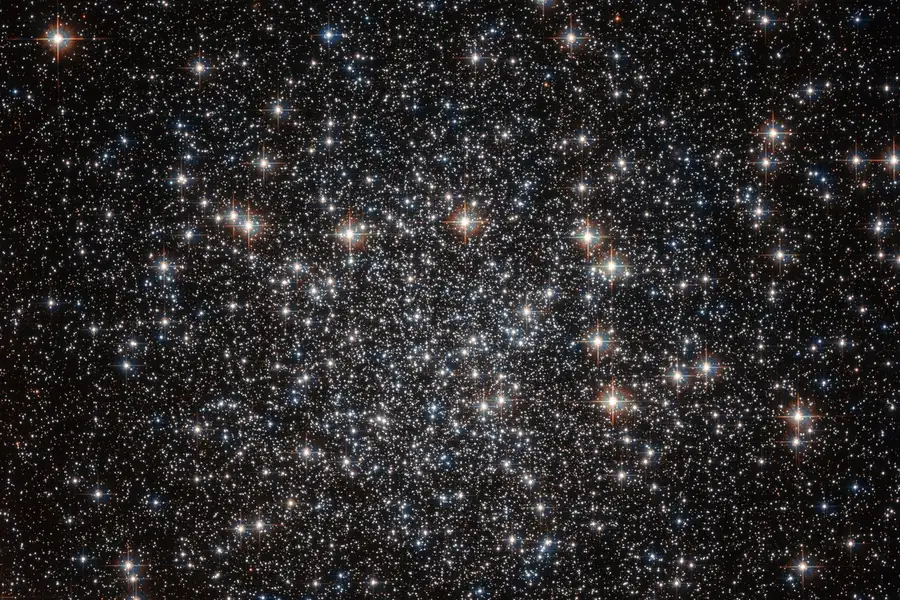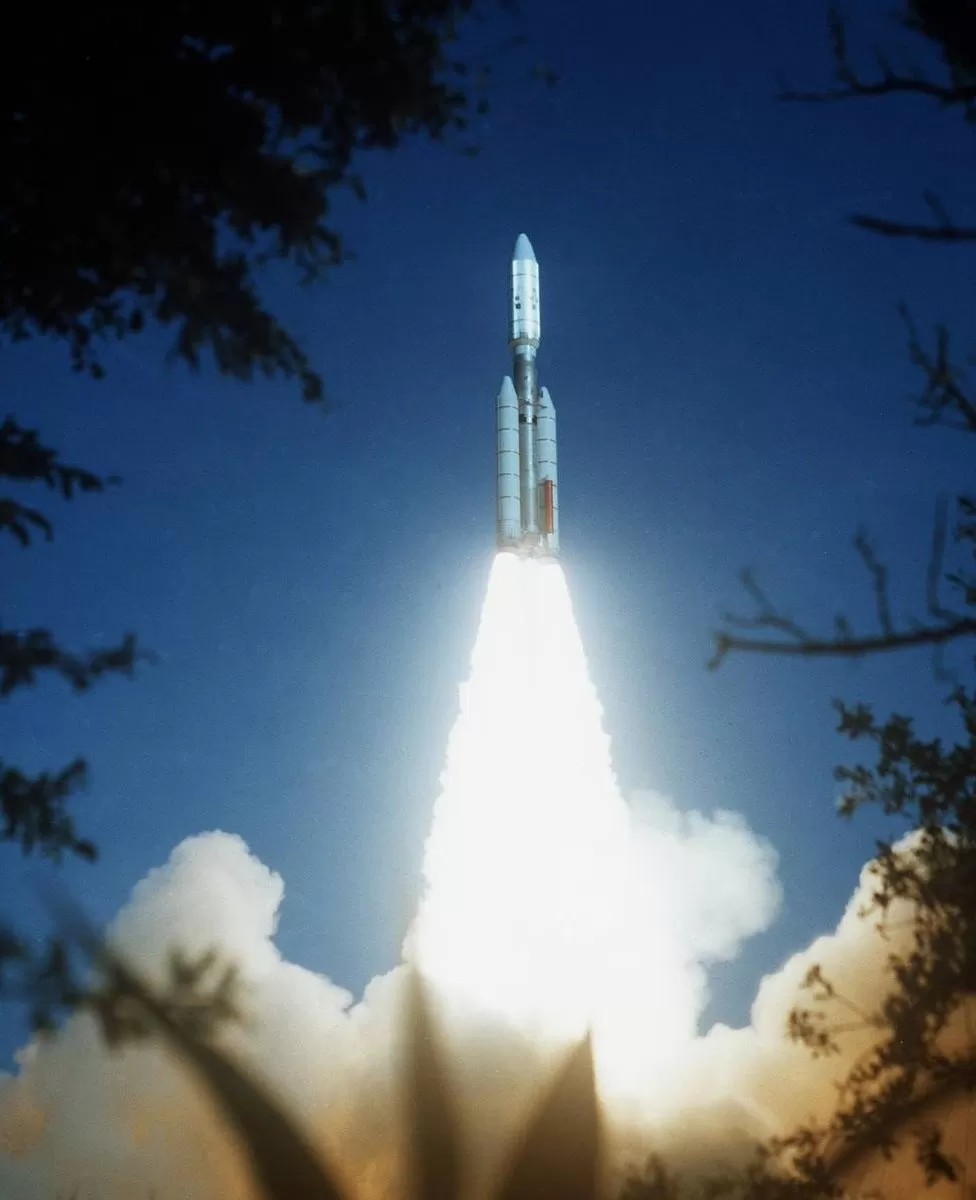Stars have fascinated humanity for centuries, with their twinkling lights captivating our imagination. But did you know that stars have an innate twinkle that goes beyond what our eyes can see? Recent research has found that this twinkling originates from gas rippling from the core to the surface of stars. In a groundbreaking study, researchers at Northwestern University have managed to convert these stellar oscillations into sound, allowing us to delve deeper into the secrets of these celestial giants.
Understanding Stellar Twinkling: When we gaze at stars from Earth, their twinkling is caused by atmospheric bending and light fragmentation before reaching our eyes. However, stars also experience subtle fluctuations in brightness over months, a phenomenon too delicate for our eyes to perceive. Dr. Evan Anders and his team used a sophisticated computer model to create the first-ever 3D simulation of the rippling energy within stars. Through this simulation, they quantified the intervals and frequencies at which the twinkling occurs.
The Core of Stellar Twinkling: At the heart of each star lies a maelstrom of hot and cold gases churning and interacting in ocean-like waves. Some waves remain trapped within the star, while others propagate outward, reaching the star’s surface and slightly altering its temperature and brightness. The researchers discovered that larger and brighter stars exhibit more prominent waves, resulting in more pronounced twinkling. For instance, a star three times the size of our sun would experience approximately ten times stronger twinkling.
Stellar Symphony: To better comprehend the subtle variations in twinkling among stars of different sizes, the researchers translated the simulated gas waves into sound waves audible to humans. They observed that massive stars, regardless of their size, resemble different instruments within the same family. Smaller stars emit higher-pitched noises akin to a violin due to their smaller wave cavity. On the other hand, larger stars produce deeper noises, similar to a cello, due to their more substantial wave cavity.
A Glimpse into the Stars’ Interior: This innovative approach to studying the gentle oscillations of starlight opens a window into the interior of stars, an otherwise unknown territory, even in the case of our sun. Philipp Edelmann from Los Alamos National Laboratory emphasizes the importance of understanding other factors that may influence stellar twinkling, such as the magnetic fields and rotational effects inside stars. By unraveling the mysteries of massive stars, which play a vital role in generating essential elements for life, we gain deeper insights into the birth and evolution of celestial bodies, including our solar system.
What causes stars to twinkle? Stars appear to twinkle due to atmospheric bending and light fragmentation before reaching our eyes, caused by Earth’s atmosphere.
What makes stars dim and brighten over time? Stars experience subtle fluctuations in brightness over months, caused by gas rippling from their core to the surface.
How did researchers study stellar twinkling? Researchers at Northwestern University created a 3D computer simulation of rippling energy within stars to quantify the twinkling intervals and frequencies.
Why do larger stars twinkle more than smaller stars? Larger and brighter stars have more substantial waves in their interiors, resulting in more pronounced twinkling compared to smaller stars.











